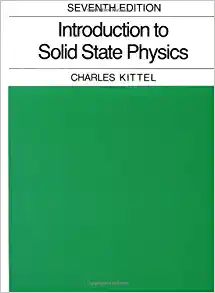Answered step by step
Verified Expert Solution
Question
1 Approved Answer
The partners now consider the same three capacitors in parallel, C1 = 1.80 F, C2 = 1.85 F, and C3 = 4.45 F initially connected
The partners now consider the same three capacitors in parallel, C1 = 1.80 F, C2 = 1.85 F, and C3 = 4.45 F initially connected to a potential difference of Vb = 80.0 V. Kylie suggests removing the battery and removing and replacing C2, this time with positive and negative sides switched. The capacitors form an isolated system with the same capacitance as before. She asks Blake how he can determine the new potential difference across the capacitor combination. What is his response? "Because C2 is reversed, the charge on it is zero, and because Q = CV, Qnew = (C1 + C3)V. Solve this for V." "Because the system is isolated, Qnew = Q1 Q2 Q3 , and because Q = CV, Qnew = (C1 + C2 + C3)V. Solve this for V." "Because C2 is reversed, the charge on it is twice the original charge, so Qnew = (C1 + 2C2 + C3)V. Solve this for V." "Because the system is isolated, Qnew = Q1 Q2 + Q3, and because Q = CV, Qnew = (C1 + C2 + C3)V. Solve this for V
Step by Step Solution
There are 3 Steps involved in it
Step: 1

Get Instant Access to Expert-Tailored Solutions
See step-by-step solutions with expert insights and AI powered tools for academic success
Step: 2

Step: 3

Ace Your Homework with AI
Get the answers you need in no time with our AI-driven, step-by-step assistance
Get Started


